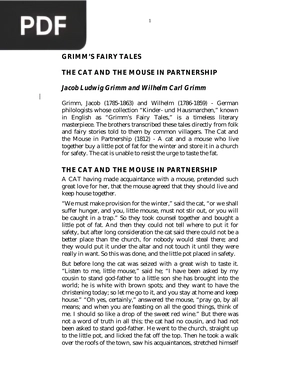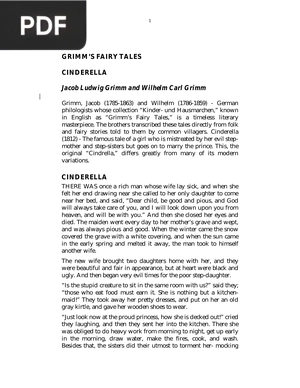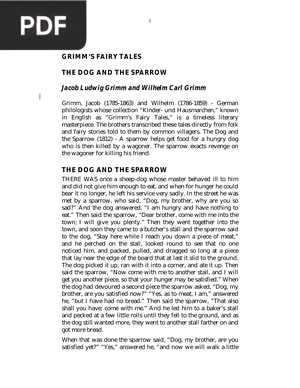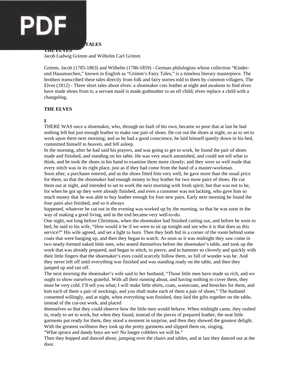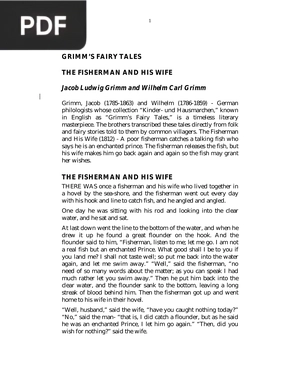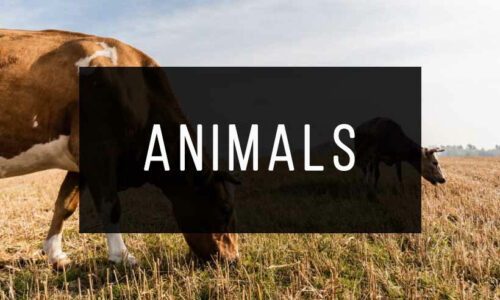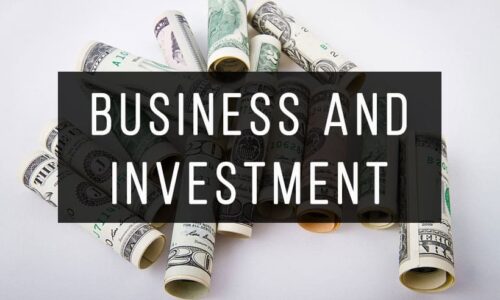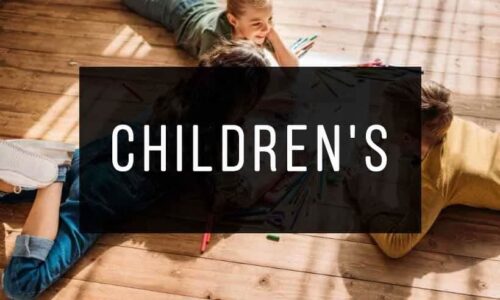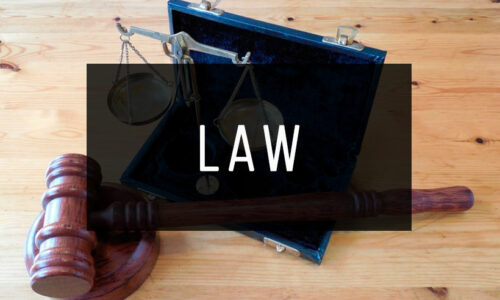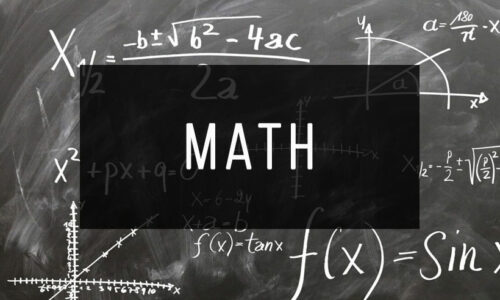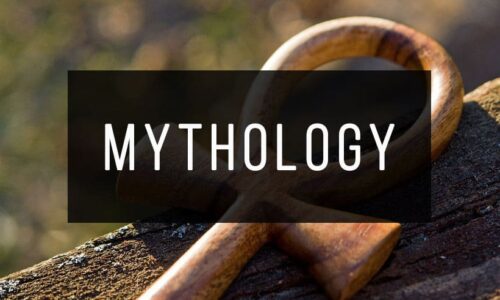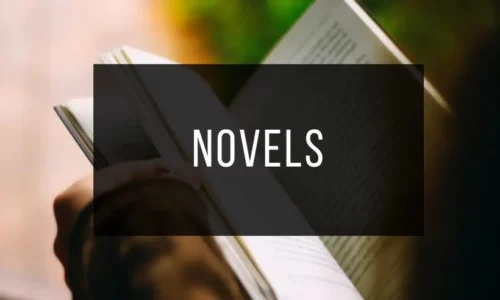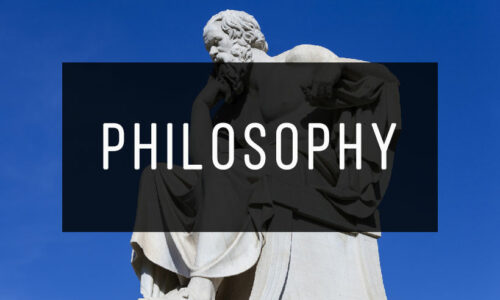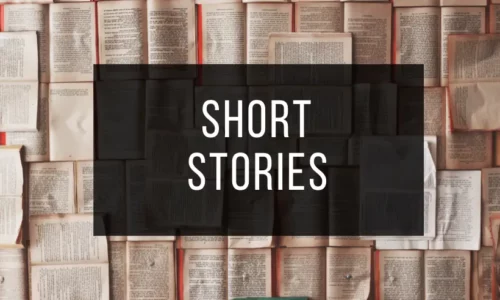Hans in Luck
Author: Brothers Grimm
*Wait a few seconds for the document to load, the time may vary depending on your internet connection. If you prefer, you can download the file by clicking on the link below.
Information
Description: <p><strong>Hans in Luck</strong> is a fairy tale published in Grimm's Fairy Tales in 1812. After 7 years of hard work, Hans decides to return to see his mother, he sets out on his journey carrying with him a piece of gold that corresponds to the salary his master paid him for his labors.</p> <p>Finding himself tired from the journey he offers a rider to exchange the piece of gold for his horse, which the rider gladly accepts. After being knocked down when the horse bolts, a shepherd convinces him to exchange the horse for a cow, being a calmer companion.</p> <p>As his journey progresses and for various reasons Hans keeps changing his company: the cow for a pig, the pig for a goose, the goose for a grindstone, which he ends up losing in the waters of a river when he was about to drink on the shore, luckily he manages to reach his mother's house and tells her the story of his luck.</p>
Pages: 5
Megabytes: 0.02 MB
This may interest you
Cat and Mouse in Partnership
Extension: PDF | 3 pages
<p><strong>Cat and Mouse in Partnership</strong> is a German fairy tale collected by the Brothers Grimm in «Grimms' Fairy Tales (no. 2)».</p> <p>A shorter version of the tale was included in the Brothers Grimm manuscript collection of 1808 and published in the first edition of «Children's and Household Tales» in 1812. Its version is based on an oral tradition told by Gretchen Wild (1787-1819) in Kassel.</p> <p>A cat and a mouse, contrary to the custom of their species, become friends, so good friends that they decide to share a house. In order to have something to fall back on in times of need, they buy a pot of fat and hide it in a corner of the church for safekeeping. But everything is ruined when the cat betrays the mouse's trust.</p>
Cinderella
Extension: PDF | 6 pages
<p>The story of <strong>Cinderella</strong> has many versions, one of the best known being that of the Brothers Grimm, published in Children's and Household Tales in 1812. It is worth noting that this tale is much more violent compared to other versions, such as the one by the French writer Charles Perrault.</p> <p>It tells the story of a kind and gentle young girl who, after losing her mother, her father decides to remarry a cruel woman who also has two daughters who mock Cinderella and force her to do all kinds of hard work.</p> <p>One day the king organizes a party and invites all the maidens so that the prince can choose one of them as his bride. Cinderella is eager to go, but the stepmother refuses, claiming that she has no dress or shoes to wear. In this version there is no fairy godmother, but the help comes from a white bird to whom she tells her wishes and who throws her what she has wished for.</p>
The Dog and the Sparrow
Extension: PDF | 3 pages
<p><strong>The Dog and the Sparrow</strong> is a German tale collected by the Brothers Grimm. A shepherd dog leaves his owner's house because he was letting him starve to death. So the dog goes to the city in the company of a sparrow.</p> <p>When night falls and they decide to sleep on the road, a man in a horse-drawn carriage comes along and runs over the dog, although the sparrow had warned him not to do so. In revenge, the sparrow curses him, announcing that he will become a poor man, pecking at the barrels of wine the man was carrying and the horses' eyes.</p> <p>The man is forced to abandon his carriage and returns home, where he realizes that the birds have eaten all his wheat. He notices the sparrow and throws his axe at it, but only succeeds in destroying his house. He finally manages to capture the bird and swallows it in one big mouthful....</p>
The Elves
Extension: PDF | 2 pages
<p><strong>The Elves</strong> is a traditional fairy tale compiled by the Brothers Grimm in their works.</p> <p>This tale tells the story of a very poor shoemaker whose luck changes one fine day when he finds on his workbench a pair of shoes of excellent workmanship.</p> <p>Faced with his poverty, the shoemaker thought that he only had enough leather for one pair of shoes, and that he would not be able to work any more. But day after day perfectly made shoes appeared on his workbench, which sold easily and for a lot of money. One day, the shoemaker and his wife decided to find out what was going on during the night, and saw two little men come to the house and work on the shoes. As thanks, they gave clothes to the little men who were naked.</p>
The Fisherman and His Wife
Extension: PDF | 7 pages
<p><strong>The Fisherman and His Wife</strong> is a German fairy tale compiled by the Brothers Grimm in 1812. It can be classified as an anti-fairy tale about greed.</p> <p>The tale was published by the Brothers Grimm in the first edition of «Children's and Household Tales» in 1812 as tale no. 19. Its source was the German painter Philipp Otto Runge (1777-1810), from whom the Grimms obtained a manuscript of the tale in 1809.</p> <p>Johann Gustav Büsching published another version of Runge's manuscript a few months earlier, in 1812, in Volkssagen, Märchen und Legenden, with some discrepancies from the Grimm version.</p>


